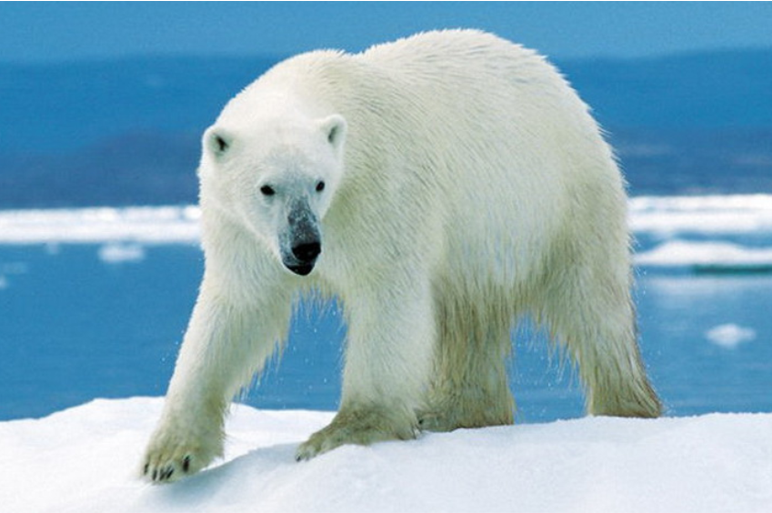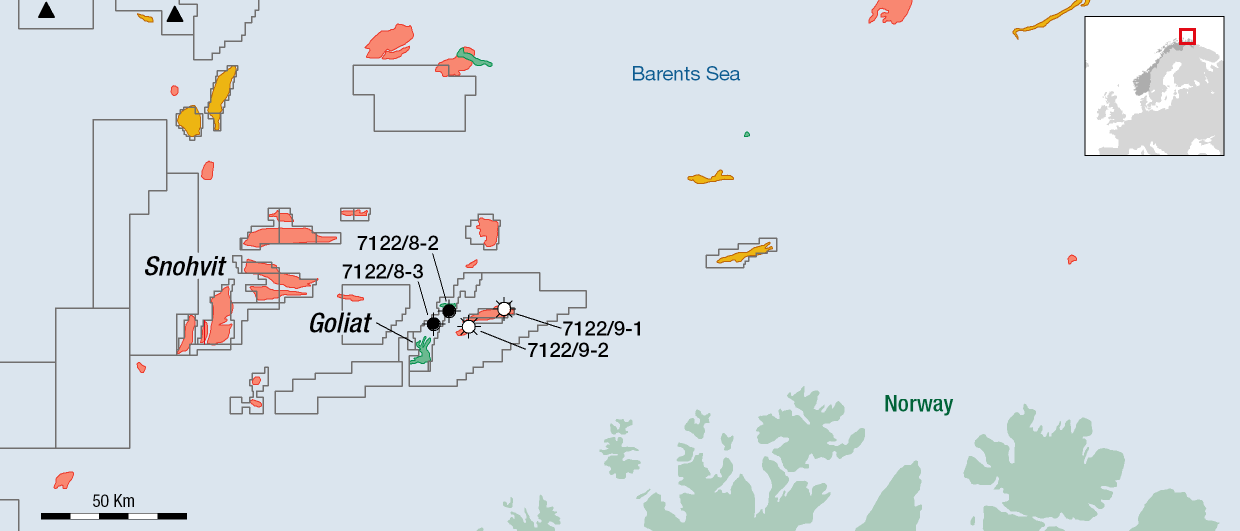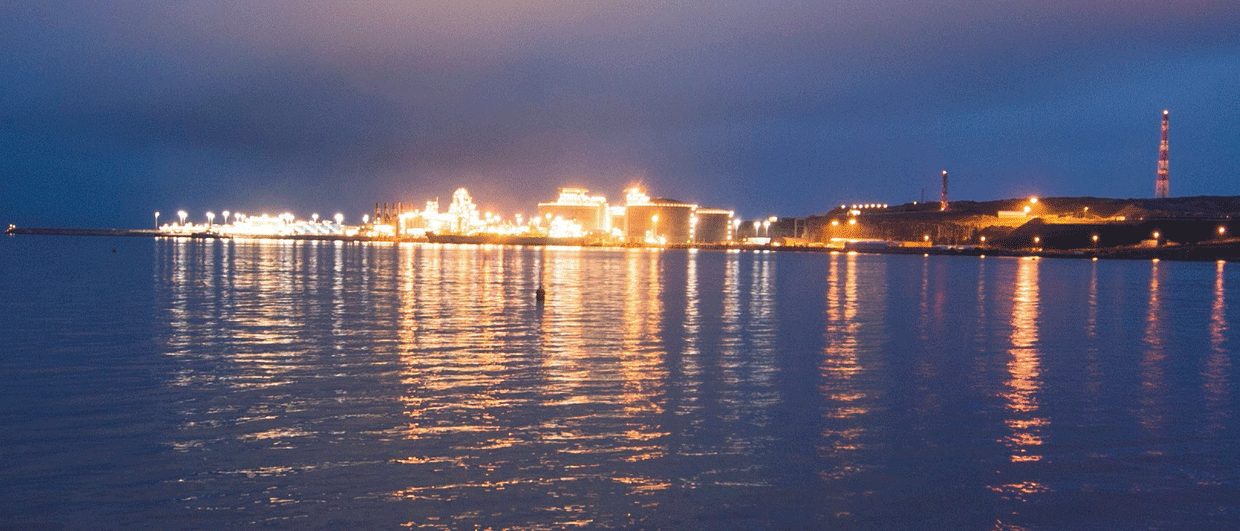In its summary of the Resource Accounts for the Norwegian Continental Shelf 2021 (published on 17 February), the Norwegian Petroleum Directorate states that the estimate for liquid and gas resources in the Barents Sea has been adjusted downwards.
Nevertheless, the NPD has an expectation that 2.4 billion m3 (15.1 billion barrels) of oil equivalents (oe) remains to be found.
In comparison, this is as much oil and gas as the original reserves in more than five fields the size of Johan Sverdrup, or more than three Statfjord fields. So these are great values.
This latest resource estimate is in line with the optimism the Norwegian Petroleum Directorate has previously expressed on several occasions.
By going a little more into the matter, we learn that (the “expected”) resources in the Barents Sea are divided into 1,025 million oe in the Southern Barents Sea and 1,375 million oe in the Northern Barents Sea.
The situation so far in the Barents Sea, after more than 40 years of exploration, is that two fields are in production (Snøhvit and Goliat), one discovery is under development (Johan Castberg), and one discovery is considered for development with a possible PDO in during the year (Wisting).

There are three reasons why the resource numbers above confuse ordinary people:
Firstly
In the foreseeable future, neither oil nor gas will ever be searched for – let alone found – in the northern Barents Sea. Everyone who follows will be aware that there is no high mood among the political majority to open for exploration here. So even if the Norwegian Petroleum Directorate’s calculations are correct, it would be completely wrong to state that “Over 60 per cent of the undiscovered resources are in the Barents Sea”, simply because the resources will not be available.
Secondly
The (expected) resource estimate for the Barents Sea south (1025 million m3 oe / 6450 million barrels oe) is in all probability far too high. Unfortunately, there are good reasons to attach greater confidence in the P95 estimate (Table 3.1 in the resource report) of 410 million m3 oe (2580 million barrels oe). As we have written before: “With the discovery rate of the oil companies in the Barents Sea, we can conclude without complicated mathematical analysis that it will take 50-100 years to find such large volumes as The Norwegian Petroleum Directorate assumes it is there.” This is due to the fact that interest in exploring in the Barents Sea is at a current low.
Thirdly
The Norwegian Petroleum Directorate under communicates the large uncertainties in the resource estimates for the Barents Sea (and especially the Barents Sea north), and that these are significantly larger for this sea area than for both the North Sea and the Norwegian Sea. It is not to be expected that neither the average person (to the extent that he reads these reports), journalists or politicians are able to take this on board.
It would be highly desirable if the Norwegian Petroleum Directorate in its next resource report (in one year) chooses a slightly more sober approach when the shelf ‘s undiscovered oil and gas resources are to be disseminated.
Have a good weekend!
HALFDAN CARSTENS





